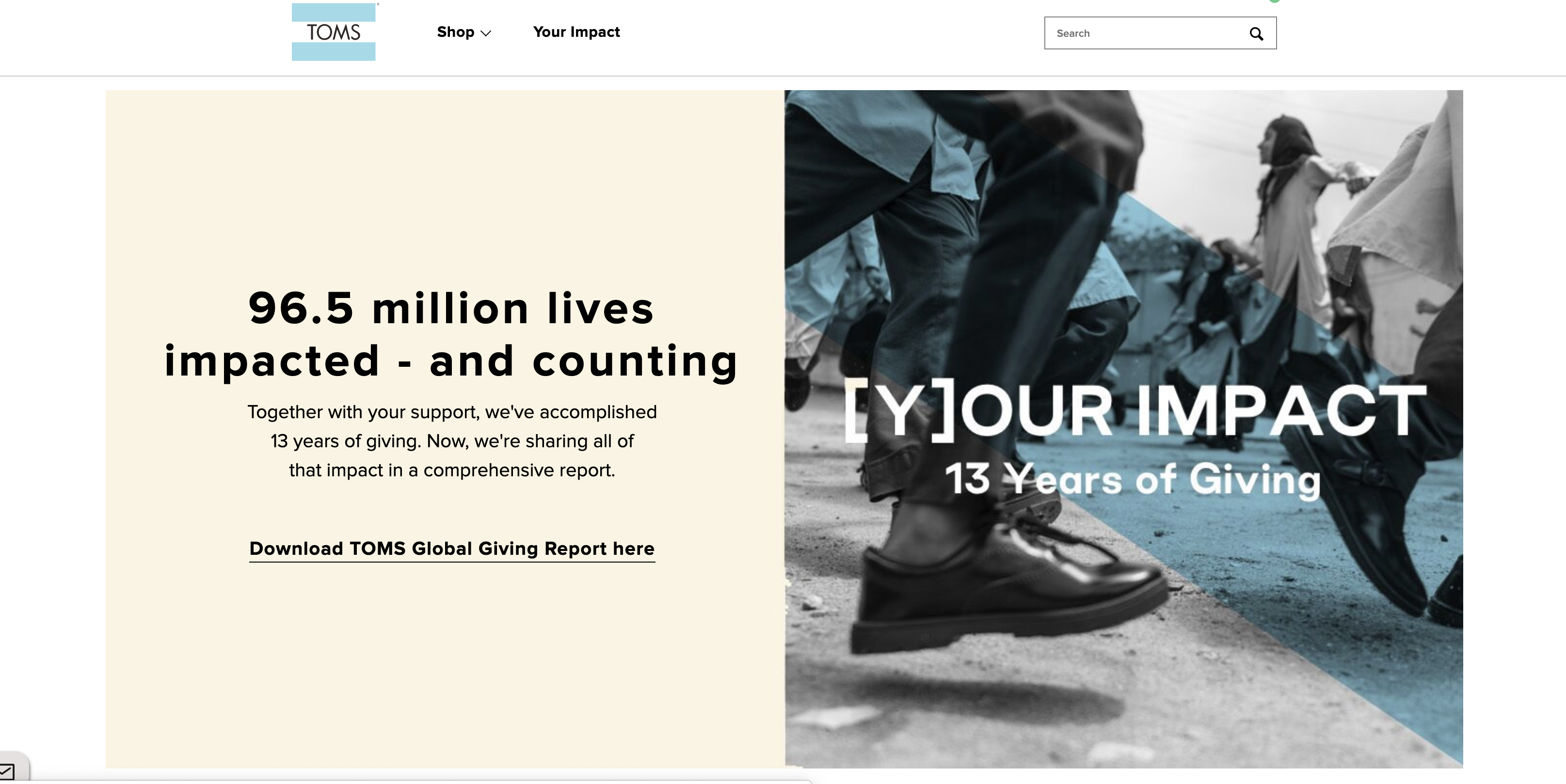Stop playing with features and functions. If you seriously want digital success, you have to change your game.
I am sure you have noticed but the word ‘emotion’ is being bantered around more than ever in the world of digital design. For eons the Mad Men of ad world have applied the science of emotional psychology, but in the web world this concept has been hugely lacking. The result today is a global mass of look alikes and a race to constant price wars.
Many UXers were trained to look at the practical, the technical and the functional. The aim has been to simplify and streamline the digital experience, to apply Hicks Law and to reduce cognitive load for easy decision making.
But is this right? Is the key to brilliant UX really about ultimate simplicity and creating as much delight as possible?
The answer is no.
We have learned that brilliant UX is about creating memorability. It’s a no brainer that you want your experience to be memorable for positive reasons, but the drivers are not simply what digital managers always strive for; delight and simplicity.
Applying something to memory means stimulation. It means measuring the emotional roller coaster as well as the motivational value to a customer. Digital designers are often misinterpreting the human need for stimulation for a need to be happy, but the reality is a tad more complex. Stimulation comes to us from many forms: learning, inspiration, challenge, inclusiveness and doing good.
Score the goals.
No this is not about football, but our intrinsic human nature is towards the things we call ‘implicit goals’. We all have them and are constantly evaluating them, whether looking for adventure, enjoyment or autonomy, these play a crucial role in how we develop successful experience design.
It’s about looking beyond the clicks and ‘red routes’ within the UX journey. It’s about understanding how we increase the value we deliver to provide deeper digital experiences.
Happiness is a breadth first emotion:
It keeps us in discovery
Anxiety is a depth-first processing:
It makes us focus. - Don Norman
We all like security, reliability and intuitiveness, but many people need challenge, fulfilment and cognitive arousal too. I can jump to my Amazon account as my first resort for most purchases nowadays, but do I love the experience? Not really. Am I lazy? Yes. Would I happily go try another mega-market if they gave me the incentive? Easily.
As consumers increase their confidence to explore deeper into the web in search of fulfilment, they have also increased the desire for stimulation and personal intrinsic rewards, not just discounts and loyalty points. The variety of needs that businesses now need to service is huge. We as consumers want a fluid cross channel experience. We want personalisation, seamless technology and we want it when and where we demand it!
Making it real.
Slack has been a great example of giving their customer what they want, when they want it. They have a specialist customer experience team efficient in answering calls in a niche area of the software. Each employee takes ownership of certain aspects within the softwares so they are instantly able to help customers with any problem they may be facing. They also closely listen to user feedback and improve accordingly to ensure their service is not disappointing. The ability to personalise their app depending on business, along with their simple and easy to use features, has made Slack a huge success with its customers.
Netflix is another example of a company that knows their customers inside and out and continuously collects data to recommend shows that their customers actually want to watch. These recommendations are uniquely personalised to the individual. Netflix understands the importance of differentiating on customer experience to win business rather than just creating a simple digital experience for customers. Due to the recent affairs of the COVID-19 lockdown, Netflix has also introduced “Netflix Party”, where consumers can meet virtually with groups of friends and continue to have movie nights.They can chat on the app and watch the show at the same time. This is just one example of how Netflix puts their customers’ convenience first.
We need to get stressed.
The reality is we are discovering that keeping a person continuously above the happiness line during their experience can actually induce counterproductive behaviours. Take Wayfair, for example, which is a great site with a vast selection of homewares. When you keep someone consistently happy they are likely to keep exploring, adding more and more to their basket. By adding a touch of anxiety and you can focus their attention.
In situations where the experience of discovery, achievement and learning would add value to the user as well as encourage repeat visits, designing for speed and ease might not always be the right answer.
We have seen many UXers introduce what we call ‘dark UX’. These mechanics force users to become focused. The issue is that they often push too far, not creating focus but instead damn right panic! How many hotel rooms have you booked and seen the amount of viewers simultaneously looking? How many forms have you needed to complete in 1min 30 seconds before they timeout?, How many airlines advise you to book immediately so that the price doesn’t go up later?
We can do things differently.
The following examples present the increasing challenge to the convention of simplicity. Businesses want to reduce distraction and provide ease, but they now also need to balance the maturing ethos, ethics and value driven stories they want to tell to diverse audiences. Maintaining a simple user experience whilst delivering an increasingly sophisticated customer experience is no simple task.
Online grocery shopping:
Stores rely on impulse purchasing, but digital buying removes this spontaneity. Amazon Go is pushing a step further in simplifying by taking out the checkout altogether. When it’s all about ease, simplicity works. But if you rely on bigger weekly shops and maximising basket value, you need more. We have seen stores like Piggly Wiggly in the US introduce date night shopping. There are online scavenger hunts to get people to explore products they otherwise wouldn’t. These are things that don’t simplify, but are instead designed to stimulate as well as commercialise.
Saving and investing:
Deciding on how and what to invest in is, for many, an extremely daunting process. Banks present us with a minefield of incentives on interest rates, projected returns, rewards, etc. But now instead of moving us quickly to commit with big attractions and minimal fuss, banks have woken up to real customer care.
We see Barclays bringing us Pocket Money apps where we can teach finance to our kids, Lloyds giving us technology to manage our spending and Natwest alerting us to prevent going overdrawn. Yes, you can be cynical and say that these techniques are simply to reduce customers from switching banks, but they are all figuring that adding more, not less, into our experience is about developing richer, value-driven relationships.
Fashion retailing:
- Purchasing clothes online has rapidly become the norm across the generations. Whether it's about living the dream, emotional escapism or just feeling special, the behaviour is consistent. Customers explore through simple filters, fill their baskets, receive their orders and then send at least 50% of their order back again. Next payday, they look for who has the best discounts and start all over again. But within fashion we are also seeing many big changes. For ASOS, simplicity is hiding some complex technology, with its development of AI for ultimate personalisation. fTheir personalised fit assistant, for example, offers more individualism. Another example is the renowned Toms Shoes, where simple UX is aligned with a sophisticated and socially responsible ethos.

These examples take a sweeping look at big industries and provide a glimpse into how companies are balancing the simplicity of the user experience with increased complexity.
Conclusion.
Simplicity definitely has its place when thinking UX, but it needs careful consideration when looking to achieve the right balance of a digital experience that successfully delivers.
We need simplicity at stages in our experience and for certain mindsets, from easy on-boarding to simple access from any channel to data completion. No one likes unnecessary complexity. But the danger of misinterpreting simplicity for brevity of information or trying to fast track a person through a conversion funnel is that you undoubtedly miss many great opportunities to add something memorable into the experience and typically end your relationship with the customer with a short term transaction
What it comes down to is motivation. When you understand a person's motivation you are able to apply the right type of stimulation for them. Whether you’re selling insurance, finance, groceries or white goods, it’s never about just moving a person through to ‘the close’ in the simplest fashion that counts. It's how you make your customers feel that wins the long game and nurtures a lasting relationship.

